Science
New Algorithm Enhances Soil Monitoring from Space with Precision
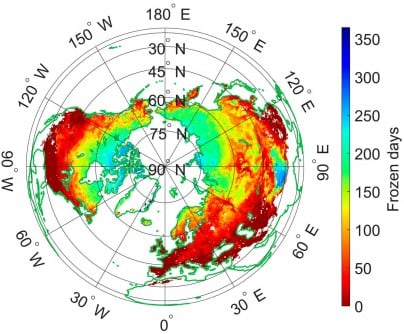
Researchers from Fudan University, the University of Twente, and Chengdu University of Information Technology have developed an innovative algorithm that significantly improves the detection of soil freeze-thaw transitions from space. This new method utilizes L-band microwave remote sensing to monitor critical changes in soil, which directly influence weather patterns and hydrological cycles. The findings were published on September 10, 2025, in the Journal of Remote Sensing.
Soil freeze-thaw (FT) transitions are vital indicators of environmental changes. These transitions affect surface albedo, moisture levels, and heat fluxes. However, capturing these dynamic processes has been challenging due to factors like daily soil temperature variations and surface heterogeneity, which are often overlooked in large-scale models. Existing algorithms based on the Soil Moisture Active Passive (SMAP) satellite data rely on fixed parameters that may not perform well under varying land cover and climate conditions.
To address these limitations, the research team introduced a dynamic parameter optimization algorithm that enhances soil freeze-thaw detection. This new framework adapts to regional variations in land cover, terrain, and climate, thus improving the accuracy of soil FT mapping.
The enhanced algorithm, an improvement on the Diurnal Amplitude Variation-based Freeze-Thaw (DAV-FT) model, introduces three dynamically optimized parameters: α for detection period, β for variance window, and γ for threshold sensitivity. These parameters are tuned through a method similar to maximum likelihood estimation to enhance overall classification accuracy.
The results indicate that the regions achieving an overall accuracy (OA) greater than 0.7 increased from 54.43% to 89.36%. The strongest performance was observed in areas such as the Qinghai–Tibet Plateau, southwestern Eurasia, and southern North America. The optimized algorithm also demonstrated high consistency with datasets from ERA5-Land (81.28%) and SMAP-FT (79.54%).
Validation of the algorithm through 828 in situ soil temperature stations confirmed its superior accuracy and stability, achieving a median accuracy of 0.92, which surpasses both fixed-parameter algorithms and existing SMAP products.
Dr. Shaoning Lv, the study’s corresponding author, emphasized the significance of this advancement: “The dynamic parameter optimization significantly enhances our ability to capture subtle soil freeze-thaw transitions that vary across regions and seasons. By reflecting diurnal surface changes in real time, our method not only refines the retrieval accuracy of L-band data but also provides a more physically consistent understanding of land-atmosphere interactions.”
The improved DAV-FT algorithm presents a robust framework for continuous soil freeze-thaw monitoring across diverse terrains. This capability is particularly valuable for climate modeling, agricultural management, and hydrological forecasting. Its effectiveness in accounting for diurnal temperature cycles and regional heterogeneity makes it especially beneficial for high-latitude and mountainous regions, where existing algorithms face challenges.
By enhancing the accuracy of soil state detection from space, this new method strengthens the foundation for assessing permafrost dynamics, water availability, and land-atmosphere energy fluxes. These factors are crucial for predicting the impacts of climate change and improving global land-surface models.
This research was supported by several funding bodies, including the National Key R&D Program of China, the Key Research and Development and Achievement Transformation Program of Inner Mongolia Autonomous Region, the Yan Liyuan–ENSKY Foundation Project, and the National Natural Science Foundation of China.
The full study can be accessed at the following link: doi.org/10.34133/remotesensing.0806.
-
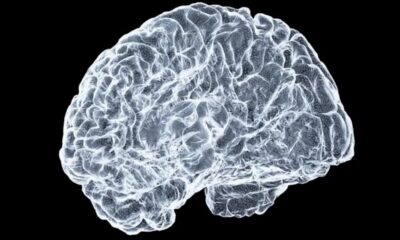
 Science2 months ago
Science2 months agoOhio State Study Uncovers Brain Connectivity and Function Links
-

 Politics2 months ago
Politics2 months agoHamas Chief Stresses Disarmament Tied to Occupation’s End
-

 Science1 month ago
Science1 month agoUniversity of Hawaiʻi Joins $25.6M AI Project for Disaster Monitoring
-
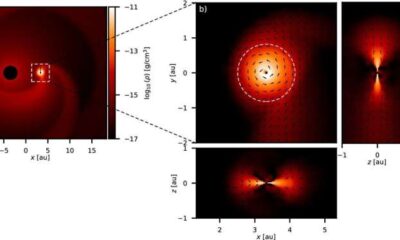
 Science4 weeks ago
Science4 weeks agoALMA Discovers Companion Orbiting Giant Star π 1 Gruis
-

 Entertainment2 months ago
Entertainment2 months agoMegan Thee Stallion Exposes Alleged Online Attack by Bots
-

 Science2 months ago
Science2 months agoResearchers Challenge 200-Year-Old Physics Principle with Atomic Engines
-

 Entertainment2 months ago
Entertainment2 months agoPaloma Elsesser Shines at LA Event with Iconic Slicked-Back Bun
-

 World1 month ago
World1 month agoFDA Unveils Plan to Cut Drug Prices and Boost Biosimilars
-

 Business2 months ago
Business2 months agoMotley Fool Wealth Management Reduces Medtronic Holdings by 14.7%
-
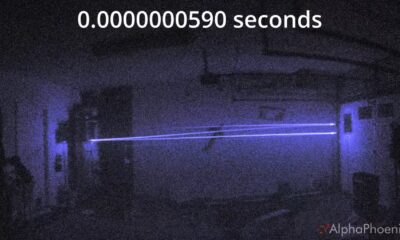
 Science2 months ago
Science2 months agoInnovator Captures Light at 2 Billion Frames Per Second
-

 Top Stories2 months ago
Top Stories2 months agoFederal Agents Detain Driver in Addison; Protests Erupt Immediately
-
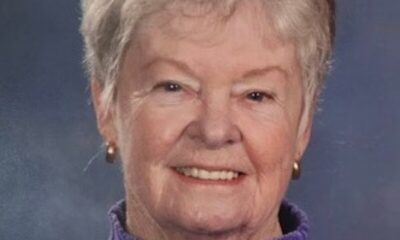
 Entertainment1 month ago
Entertainment1 month agoBeloved Artist and Community Leader Gloria Rosencrants Passes Away









